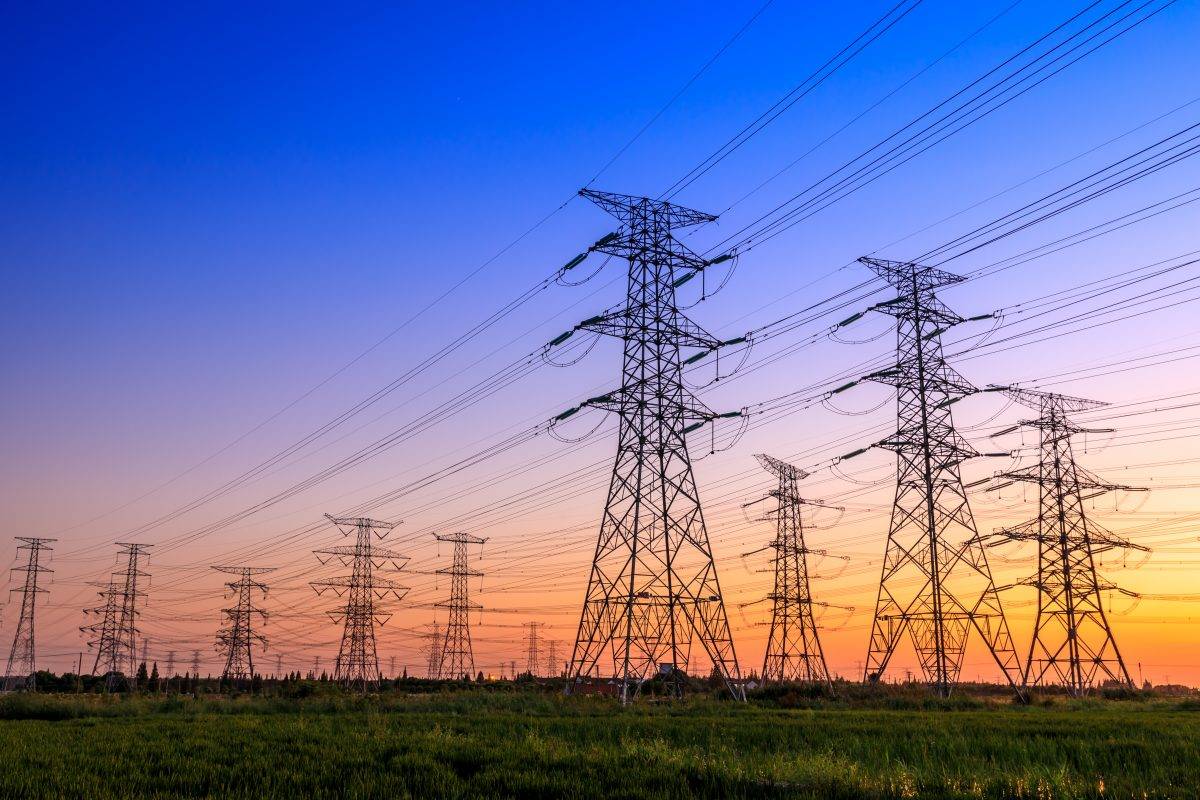In a historic move towards energy independence, the Baltic states—Estonia, Latvia, and Lithuania—disconnected their electricity systems from Russia’s power grid. They took this significant step on February 8, 2025. This move comes amidst growing concerns over geopolitical tensions and the need for enhanced energy security.
The Motivation Behind the Move
The Baltic states want to reduce their reliance on Russian energy. This move aims to prevent Russia from using energy supplies as a tool of political and economic pressure. Following Russia’s invasion of Ukraine in 2022, the Baltic states have become increasingly cautious about their energy security.
Impact on the Region
- Energy Security: By integrating with the EU grid, the Baltic states aim to ensure a more stable and secure energy supply. This move reduces their vulnerability to potential energy supply disruptions from Russia.
- Economic Challenges: The integration with the EU grid brings energy security. However, it also presents economic challenges. The Baltic states, with smaller economies compared to other European countries, may face higher energy costs due to the transition. Consequently, this could lead to increased budget deficits and economic strain over time. The European Union has provided substantial financial support, with around €1.6 billion invested in the synchronization project to ease this transition. Nonetheless, the reliance on more expensive energy sources from the EU and the U.S. could pose long-term economic challenges for these countries.
- Geopolitical Dynamics: This move is seen as a symbolic break from the Soviet past and a step towards closer integration with the European community. Moreover, it reflects a broader strategy to counter Russia’s influence in the region. There are concerns about potential Russian retaliation through cyberattacks, sabotage, and disinformation campaigns, which the Baltic states are preparing to mitigate.
Risks and Challenges
- Cybersecurity Threats: The Baltic states are bracing for possible cyberattacks and disinformation campaigns in response to their disconnection from the Russian grid. They are working closely with international partners to enhance their cybersecurity measures.
- Potential Power Outages: The transition to the European grid may pose risks of short-term power outages. Authorities have warned of potential hybrid warfare tactics, such as cutting undersea cables, which could disrupt the energy supply.
- Economic Impact: The higher energy costs within the EU may strain the budgets of the Baltic states. Therefore, they are focusing on increasing energy efficiency and diversifying their energy sources, including investing in renewable energy projects. The economic challenges could lead to increased budget deficits and financial strain over the coming months or years.
Broader Implications
Some analysts believe that this move is part of a larger strategy to exert pressure on Russia. The integration with the EU grid can be seen as an indirect sanction, reducing Russia’s economic influence in the region. Additionally, the presence of NATO forces on Russia’s borders adds to the geopolitical tensions.
There are concerns that this escalation could lead to increased military spending by Russia, diverting its resources away from other critical areas such as space and technology. By creating high tensions, the goal may be to weaken Russia economically and strategically.
The Significance of the Baltic States’ Move
The Baltic states’ decision to cut ties with the Russian power grid is a bold move towards ensuring their energy independence and enhancing their security. While it comes with economic challenges and potential risks, the Baltic states are committed to reducing their reliance on Russian energy and aligning more closely with the European Union.






